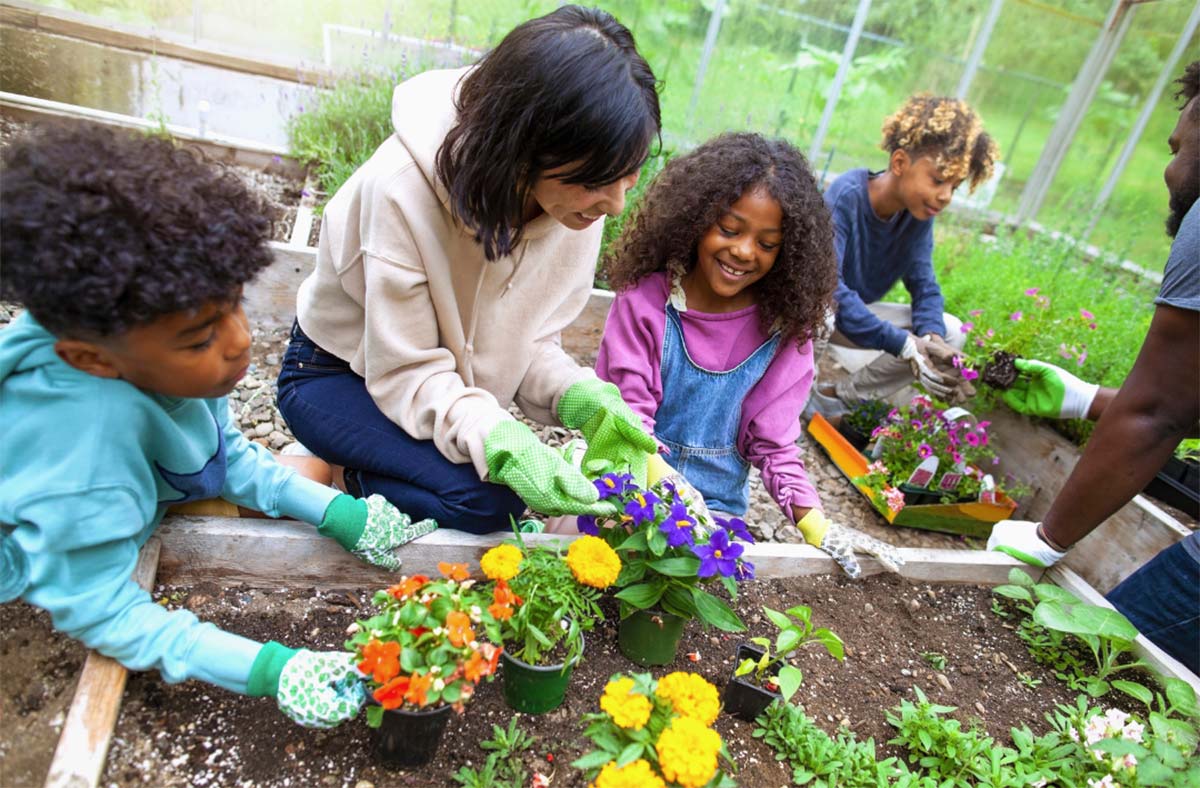Why Storytelling Matters
Storytelling is much more than entertainment; it’s a powerful educational tool. Research shows that storytelling can significantly enhance children’s language and literacy skills. According to a study by the National Literacy Trust (2020), children who are read to daily are six times more likely to read above their age level than those who are not. Engaging in storytelling promotes vocabulary acquisition, sequencing, and social-emotional understanding—skills critical for communication and learning.
When we tell stories, we expose children to:
- New Vocabulary: Hearing words in context helps them understand and use these terms in their own speech.
- Syntax and grammar: Listening to sentences being structured teaches children how to form their own.
- Sequencing: Understanding the beginning, middle, and end of a story supports logical thinking and organisation.
- Imagination and creativity: Stories stimulate children’s ability to think beyond the here and now, encouraging problem-solving and perspective-taking.
Practical Ways to Use Storytelling
Here are some accessible ways families and educators can harness storytelling’s benefits:
1. Explore Traditional Tales
Classic stories like Goldilocks and the Three Bears or The Gruffalo offer repetitive structures and familiar characters, making them ideal for young children or those developing communication skills. These tales provide opportunities to:
- Predict outcomes: “What do you think will happen when Goldilocks eats the porridge?”
- Retell in their own words: Encourage them to narrate the story, fostering confidence in speaking.
- Act out scenes: Role-play brings the story to life and supports understanding through movement.
2. Create Personal Stories
Personal stories—such as recounting a trip to the park—are excellent for practising storytelling in a familiar context. Start with prompts like:
- “What did we see at the park?”
- “Can you tell me about your favourite part of the trip?”
Encouraging children to sequence these events helps develop their ability to organise thoughts and recall details.
3. Use Props and Visuals
Props such as puppets, pictures, or storyboards can help children understand and engage with storytelling. Research indicates that visual aids improve information retention—a study by the Educational Psychology Review (2017) highlights that using visuals can increase recall by up to 65%.
Try creating a simple storyboard with your child to map out key events in a tale. For example, draw three boxes for beginning, middle, and end and fill them together as you retell the story.
4. Encourage Interactive Storytelling
Interactive storytelling allows children to co-create stories with adults or peers. Ask open-ended questions like:
- “What happens next?”
- “How does the character feel?”
Interactive stories spark creativity and social engagement, helping children develop emotional understanding and collaboration skills.
5. Incorporate Technology Thoughtfully
Digital tools such as story apps or audiobooks can provide exciting ways to explore storytelling. However, balance is key. Ensure that these tools supplement rather than replace the interaction and engagement that come from face-to-face storytelling.

Benefits of Storytelling for Communication
1. Language Development
Storytelling exposes children to a richer and more varied vocabulary than everyday conversation. For example, a study by Montag, Jones, & Smith (2015) found that books contain 50% more unique words than typical spoken interactions.
2. Social-Emotional Learning
Listening to and telling stories helps children understand emotions, empathy, and relationships. They learn to identify characters’ feelings and relate them to their own experiences, fostering social awareness.
3. Cognitive Skills
Through storytelling, children enhance their memory, problem-solving, and critical thinking abilities. Sequencing a story supports logical thought processes, while imagining outcomes encourages creativity.
Storytelling Activities
Host a Story Circle
Gather children in a circle to share their favourite stories. Encourage each child to take turns telling a part of the tale. This activity builds confidence and teaches turn-taking.
Story Treasure Hunt
Create a scavenger hunt where each clue is a part of a story. Children can piece together the clues to form a narrative, engaging both their imagination and problem-solving skills.
Illustrate a Story
Invite children to draw scenes from a story they love or one they’ve created. Combining art with storytelling supports expression and creativity.
Making Storytelling Inclusive
Storytelling can be adapted to meet the needs of all learners. Consider these tips for inclusivity:
- Use visuals, props, or sign language to support understanding.
- Provide quiet spaces for children who find group activities overwhelming.
- Offer multisensory experiences—for example, let children hold objects related to the story.
Storytelling is a timeless tradition with transformative power. Let’s celebrate the magic of stories and their ability to unlock communication potential in children. For more resources and strategies to support speech and language development, visit Elklan Training.
References:
- National Literacy Trust (2020). Children and Young People’s Reading in 2020.
- Montag, J., Jones, M., & Smith, L. (2015). The Words Children Hear: Picture Books and the Statistics for Language Learning.
- Educational Psychology Review (2017). The Impact of Visual Aids on Learning Retention.









